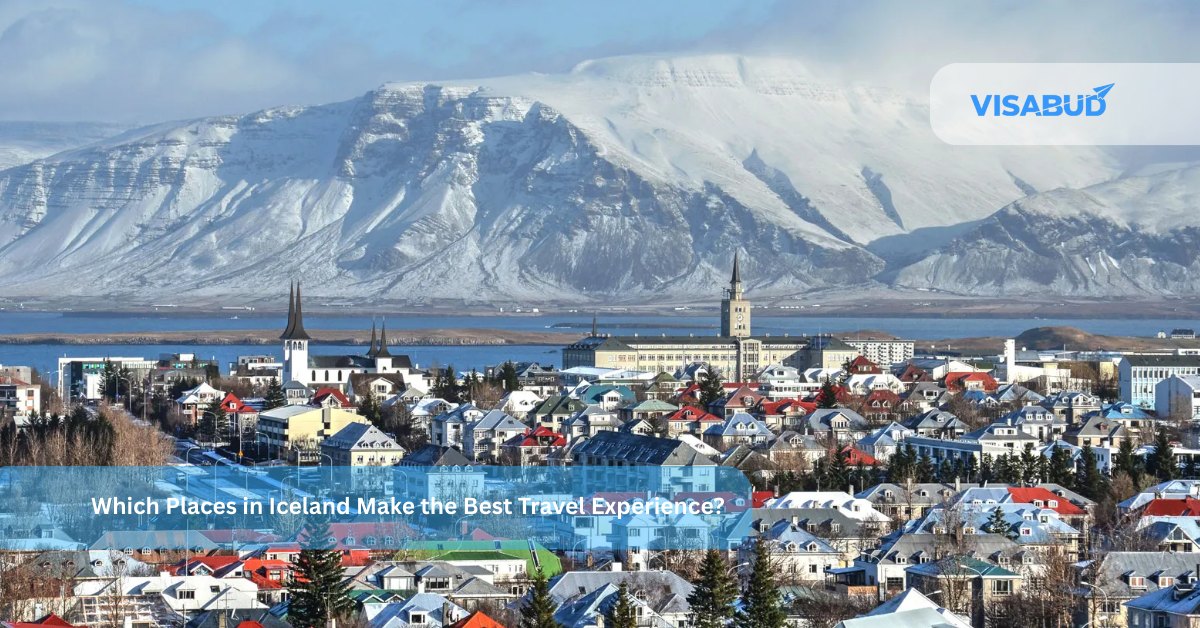Cape Verde Travel Guide: All you need to know to visit Cape Verde in 2026
Welcome to Cape Verde
Welcome to Cape Verde
Cape Verde is an African nation made up of 10 islands that are situated in the middle of the Atlantic Ocean. The islands are located 570 kilometers off the west shore of Africa and have a total size of just over 4,000 square kilometers.
The fact that nine islands are populated and blessed with such incredible beauty and diversity gives us the impression that we are in 9 different countries simultaneously!
Very rich gastronomy, musical quality with a wide range of styles from morna to tabanka, funaná, coladeira, batuko, or mazurka, and morabeza, a word that only exists in Creole, which symbolizes the art of hospitality that we all experience when visiting this country, are all characteristics of Cape Verdean culture and traditions.
Document checklist for Cape Verde
- Visa
- Valid passport
- Return airline ticket
- Sufficient funds
Essential Cape Verde travel information
Currency – the official currency in Cape Verde is Cape Verde Escudo (CV Esc) at an exchange rate of 1 USD for 104.30 CV Esc
Daily budget per 1 person– Daily spend per person is about CV Esc 11,514 (111 USD)
Languages-Portuguese is the official language of Cape Verde. Most Cape Verdeans speak Cape Verdean Creole, also known as Kriolu, their native language.
Socket type-The related plug types for Cape Verde are C and F. The supply voltage is 230V and 50Hz.
Time zone– The time zone for Cape Verde is (GMT-1)
Top 3 cities to visit– Praia, Palmeira, Ribeira Grande.
Top 3 landmarks/monuments– Pedra Lume salt crater, paroquia de Nossa Senhora das Dores, Funana Casa da Cultura
Visa information for Cape Verde
- A passport – at least six months after the return date to be effective.
- A Cape Verde application that has been completed and signed.
- Two colored passport-sized photographs.
- Round-trip confirmed airline tickets.
- A letter of invitation;
- A hotel reservation; a rental agreement; or other proof of accommodation.
- A bank statement must demonstrate your ability to support yourself financially in Cape Verde.
- A certificate of civil status, such as a birth or marriage certificate
Typical costs and budget for Cape Verde
Daily spending per person – average per person is about CV Esc 11,514 (111 USD).
Meals- For meals, CV Esc 2,489 (24 USD).
Transport– Local transportation costs around CV Esc 2,385 (23USD).
Hotel- For one person, it’s around CV Esc 6,638 (64USD).
Transport and ways to travel around Cape Verde
Taxis-Especially for shorter distances taking a taxi can be a cheap and practical form of transportation. In Cape Verde, taxis must abide by all municipal rules and ordinances, including insurance and a taxi license.
Plane-Flying is among the most practical and well-liked methods of getting around Cape Verde.
An excursion by ferry across the Atlantic Ocean is unavoidable for individuals who want to gain or already have sea legs. Ferry lines connect every island.
The aluguer or colectivo is a popular mode of transportation on all the islands. However, when wanting to travel throughout the islands, a minibus that follows a set route is a very economical mode of transportation.
Safety in Cape Verde
Since Cape Verde has remained a peaceful and stable country, it is generally safe to travel there. However, one of the more common minor offenses is theft.
Recent criminal activity has included some violent crimes, a few muggings—which typically occur at night and in remote locations—a few home invasions, and a few reported occurrences of sexual assault.
Pickpocketing and handbag snatching are frequent minor crimes in most prominent tourist destinations that visitors may experience. Regrettably, kids are frequently responsible for these crimes, primarily during celebrations and street fairs.
Demonstrations can happen occasionally, and even nonviolent ones could become violent at any time.
Weather in Cape Verde
The island of Cape Verde is renowned for its scorching temperatures and scant annual precipitation. Typically, the rainy season lasts from August until October.
Volcanic activity in several regions raises the possibility of natural disasters.
Swimming and water sports can be dangerous in some places due to strong currents and huge waves.
Famous cities and towns in Cape Verde
The capital of Cape Verde is Praia. It serves as Cape Verde’s political and economic center. The town has a lot to discover, and strolling around the old town’s colonial architecture makes for some lovely photo opportunities. Moreover, one can view churches, the parliament, and a presidential palace complex. Notwithstanding Playa de Gamboa’s unsuitability for swimming, you will undoubtedly appreciate the lovely sandy beaches nearby.
The port city of Palmeira is in charge of a large portion of Cape Verde’s imports and exports. Tourists come to this town for various reasons, including the abundance of restaurants, stunning architecture, and bustling nightlife. In addition, divers worldwide travel to the city to explore the numerous underwater caverns and reefs close to its beach. Here, salt baths are ideal for calming relaxation.
A charming and beautiful city to visit in Cape Verde is Ribeira Grande. The modest eateries and guesthouses that line the narrow alleyways here add to their attractiveness. The tourist attractions include the Nossa Senhora do Rosario church, a bustling food and clothing market. In addition, you may check out the city’s hot springs.
Must do and see in Cape Verde
Hike to a volcano: If you feel like getting active, the island of Fogo is perfect. Just put on your trekking boots and grab some walking poles.
Go diving or snorkeling: Those who want to experience Cape Verde’s underwater world have various diving and snorkeling opportunities. Santa Maria Beach is one of the most incredible spots to do this.
Various water activities are available in Cape Verde, but wind sports are among the most thrilling and rewarding. Try kitesurfing. A large portion of Sal and Boa Vista’s coastline can experience high winds between November and March, which creates ideal kitesurfing conditions.
Locate Turtles: This will be fine with getting in the water, especially if you go to Ervato Beach on Boa Vista between July and October.
Relax on the beach: For some visitors to Cape Verde, unwinding is ideal. There are lovely coastal locations to select from; Santa Maria Beach on Sal, Praia de Chaves on Boa Vista, Santa Monica, and Boa Vista.
Typical Cape Verde food to try
Bol of Cus-Cus-Despite having a name that may conjure up images of Maghrebi couscous, bol of cus-cus is a uniquely Cape Verdean meal. It is typically served for breakfast and is perfect for anyone who enjoys sweets.
Cachupa is more than just a traditional food; it is an integral part of Cape Verdean culture.
Buzio- If you prefer fish and seafood over beef, buzio is a Cape Verdean dish you must try.
One delicacy, morreia (fried moray eel), is evidence of the long-standing, significant Portuguese influence on Cape Verdean culture.
Goat cheese with papaya marmalade has a smooth, velvety texture, a wonderful flavor, and a creamy consistency.
Vaccine information for Cape Verde
Here you can get more info about covid 19, other medical facility requirements, and the travel insurance you need to enter Cape Verde.
Cape Verde Natural Resources.
Minerals: Salt, basalt salt, pozzolana, limestone, and kaolin are among the naturally occurring mineral resources in the nation.
Water: The nation has access to plenty of fresh water, opening up fishing opportunities.
Coal and gas reserves are 23 billion tons, and the nation is currently the fourth-largest producer of natural gas, behind Russia, Iran, and Qatar.
Fun facts about Cape Verde
- There are five islets and ten islands in the archipelago. The islands are Santiago, Santo Anto, Boa Vista, Fogo, So Nicolau, Maio, So Vicente, Sal, Brava, and Santa Luiza, listed in decreasing order of size.
- The third-largest loggerhead turtle nesting region is Cape Verde.
- Santa Luzia is the lone uninhabited island in the archipelago.
- Humpback whales reproduce in the waters around Boa Vista.
- There are numerous volcanoes there; Pico Do Fogo is the tallest.
- The 15th century saw the first human habitation of the archipelago.
Related Articles

5 min read
What Makes Cuba Unique? Lifestyle, Culture, and Must-Visit Tourist Destinations
When you think of the Caribbean, you usually picture the same things: white sand, blue water, and expensive hotels with swimming pools. While Cuba definitely has the beaches, it is
Read More
5 min read
Which Places in Iceland Make the Best Travel Experience?
The best travel experiences in Iceland center on the South Coast for accessible wonders like Skógafoss and Reynisfjara, and the Golden Circle for tectonic history at Thingvellir. For solitude, the
Read More
5 min read
Which Places in Norway Are the Best Winter Destinations?
Norway, with its breathtaking landscapes, snow-covered mountains, and serene fjords, becomes a winter wonderland from November to March. For travelers seeking adventure, cozy retreats, or a chance to witness the
Read More